23 Sep Powered Up: The Modern Energy Workplace
The energy sector has been in the public eye for what seems like a majority of the last decade. From gas prices constantly fluctuating to the Deepwater Horizon oil spill of 2010, many minds wander to the energy companies and where their priorities lay. This is a sector that experiences rapid and unpredictable change, which is why the researchers at Knoll believe workplace design can and will enhance the culture and characteristics of the energy workforce.
Energy companies are in a constant state of evolution with the drive for innovation combined with new technologies, and the impact of tougher regulations being greater than ever. The knowledge of the Baby Boomers won’t be around for much longer, as more than half of the workforce is eligible to retire in 2015. A younger generation of workers will be ushered into the industry and have a very different set of needs than their predecessors. Companies are beginning to adopt a more progressive, collaborative workplace approach while still allowing a conservative culture to prevail. This is sustained by a workforce that seeks the predictability and stability of a procedure-driven work environment. There are several workplace strategies and solutions that will best serve current and future energy workplaces:
- Facilitate Mentoring & Knowledge – informal collaboration can facilitate and support knowledge transfer to supplement more formalized coaching and training. One veteran designer notes that there is just as much learning going on outside as inside, especially relative to the ‘soft’ issues of culture. The solution? Use visual transparencies such as glass-front offices to imply approachability.
- Provide Choice in Workspace – energy workers navigate complex issues daily, so the environment should be highly adaptable. Physical space should respond to individual and social needs while appealing to all generations. The solution? A variety of conveniently located workspaces to choose from such as an enclosed conference room for collaborative work, a private space for focus work, and a community break room for informal gatherings.
- Re-size and Standardize – optimizing space utilization by reducing footprints of offices can create greater efficiencies and lower operating costs. The pull back on individual space has made way for a wider mix of collaborative rooms. The solution? Take on a “kit of parts” approach allowing furniture to be flexible so the transition from a single to double occupant office is pain-free.
- Support the Whole Person – salaries and benefits have been historically generous in the energy sector, but the intangibles are just as important. Creating an atmosphere where people want to work benefits both the company and the employee. The solution? Provide amenities like on-site laundry and healthy take-out cafes. These options can create a comfort-zone, making the person less distracted and more productive. Natural light and ergonomic tools like monitor arms and keyboard trays promote wellness and reduce eye/muscle strain.
- Design for Maximum Flexibility – expansion and contraction in this industry happens frequently and quickly, so the workplace must respond just as quickly. The solution? Agile products that can be transformed overnight. Power poles provide structure for technology, freestanding storage elements to define zones, and lightweight tables on wheels can all create a highly flexible space.
- Prioritize Safety, Security and Privacy – streamlined environments with no visible extraneous elements promote quality and safety in the workplace. The solution? House cords and cables in the wall, furniture, or floor to make a visibly appealing space while avoiding a tripping hazard. Privacy screens and/or floor to ceiling enclosures ensure high levels of confidentiality.
- Lead Change from the Top – Executives should embrace and encourage new workplace approaches and model those behaviors relative to the new space. Designers agree that organizational challenges need to be addressed at a human level and not only fixed with a physical solution. The solution? Train workers to use the space properly, highlight new features and communicate regularly with employees.
As a younger demographic of workers arrives with varying skill sets, new technologies will continue to take root and alternative energy sources will have a greater influence on the energy sector. The key to managing these challenges is staying ahead of the curve in providing environments that encourage innovative ideas and maximum flexibility. After all, the single most competitive advantage propelling energy companies into the next phase of their existence is the human factor.

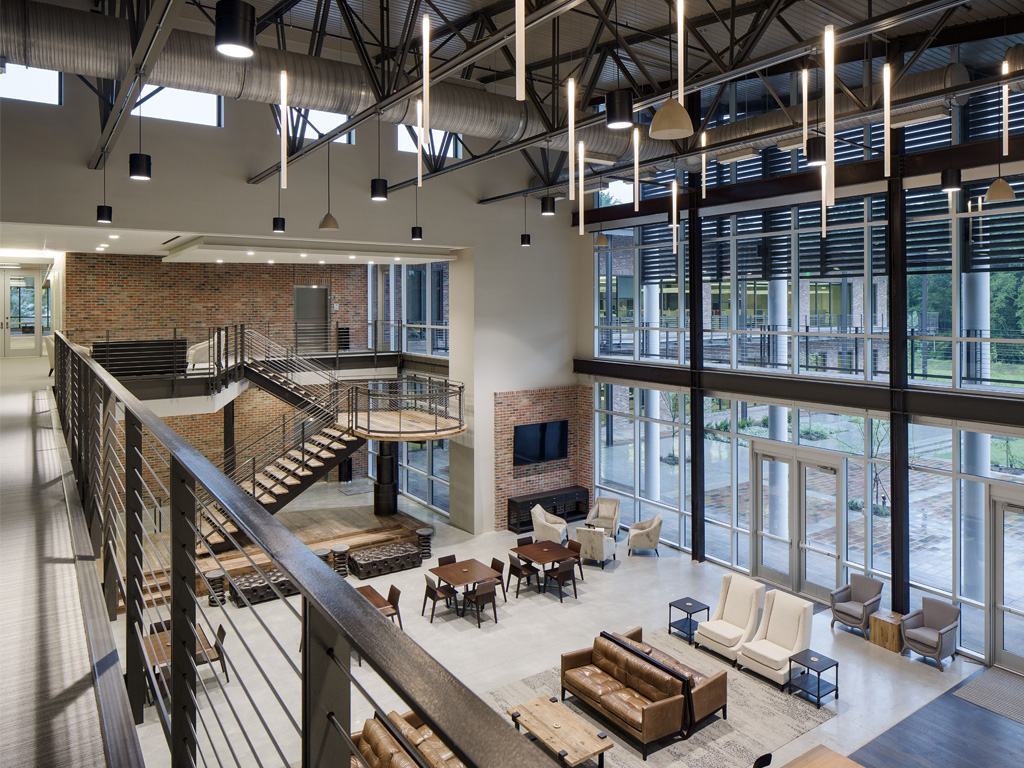
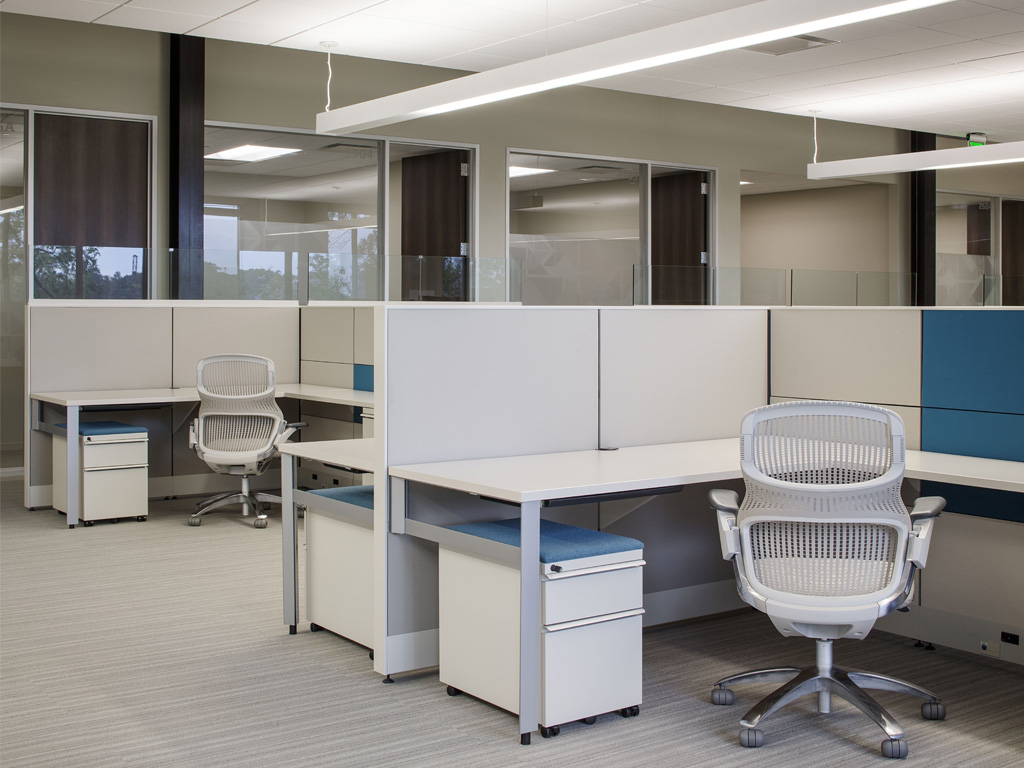
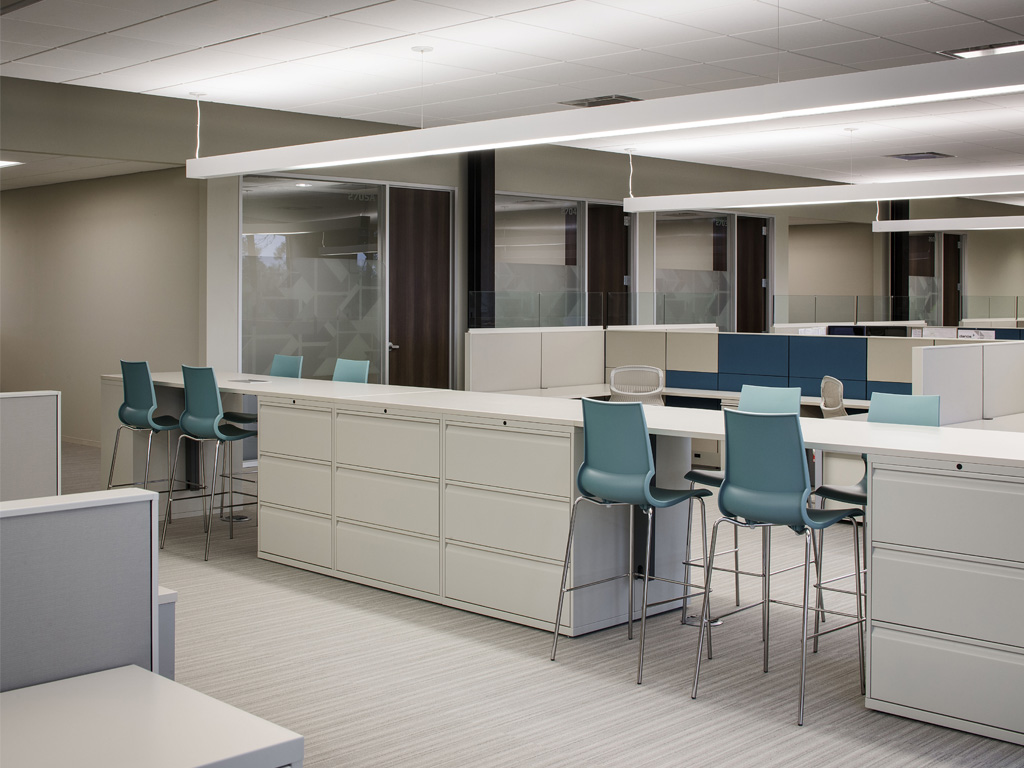
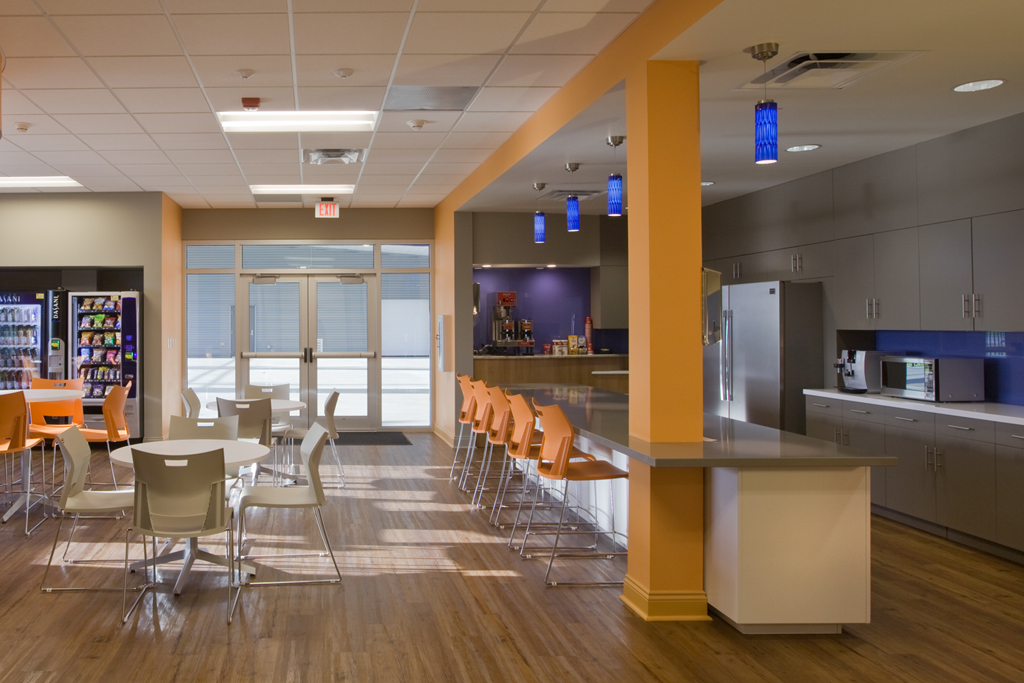
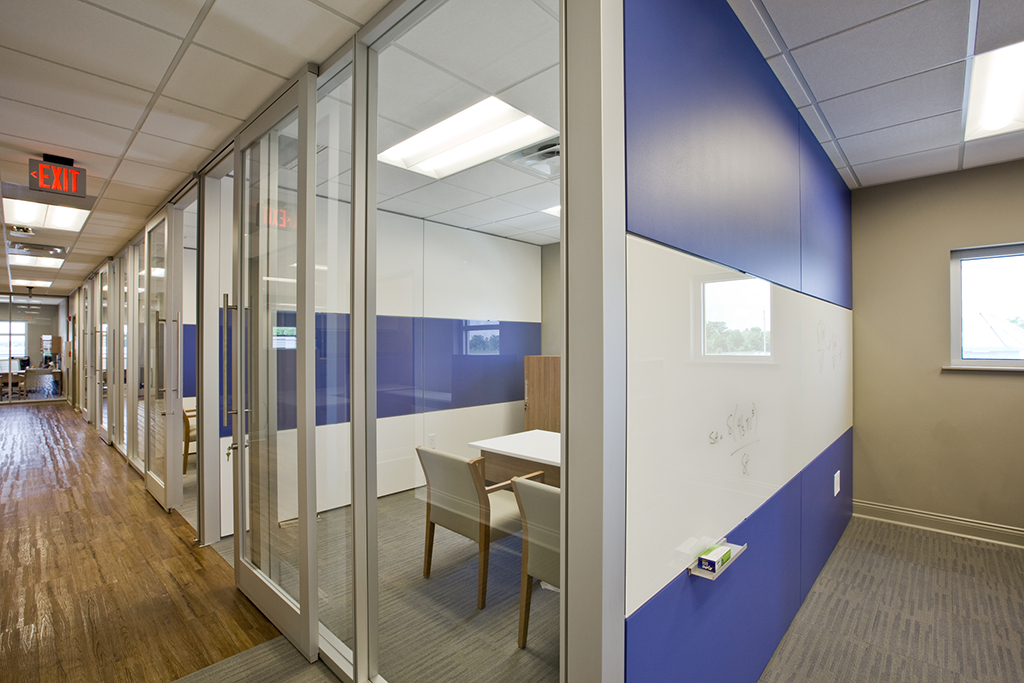
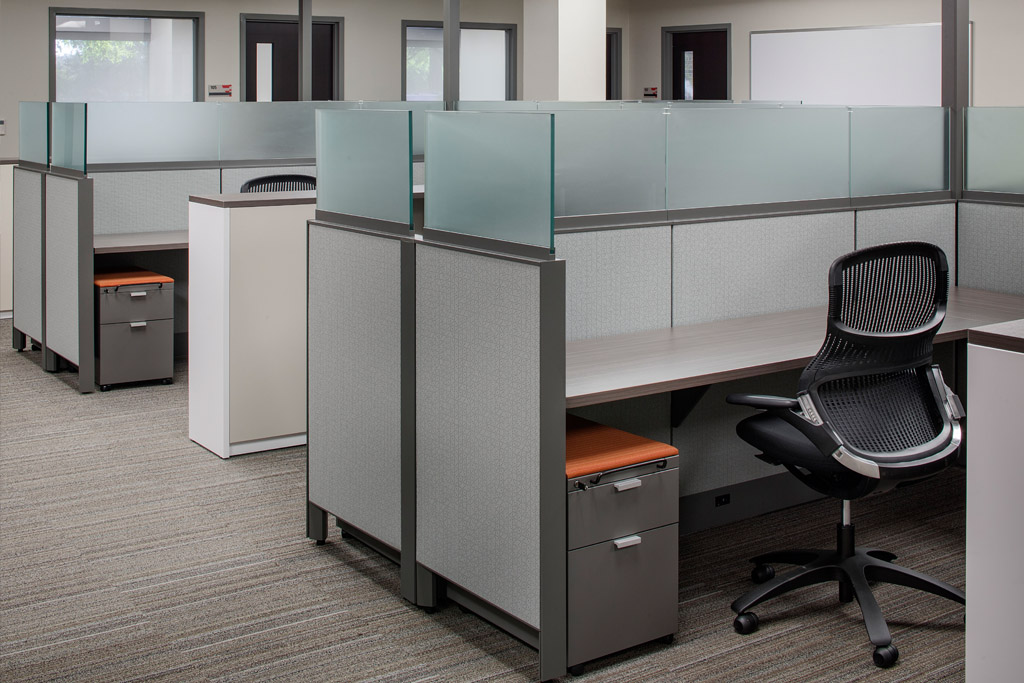
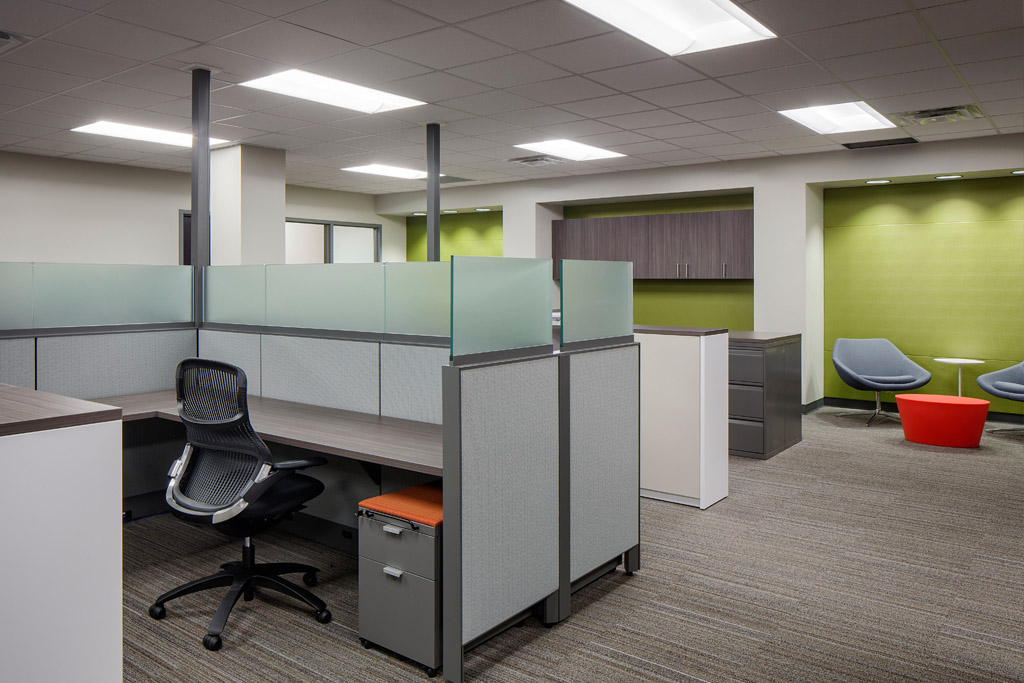
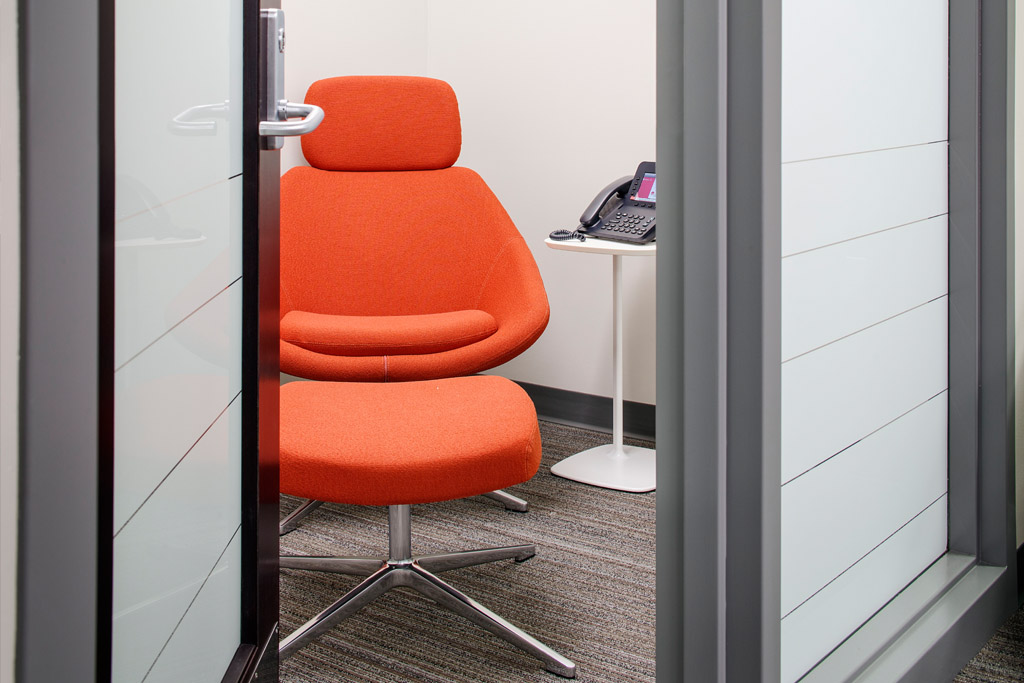
No Comments